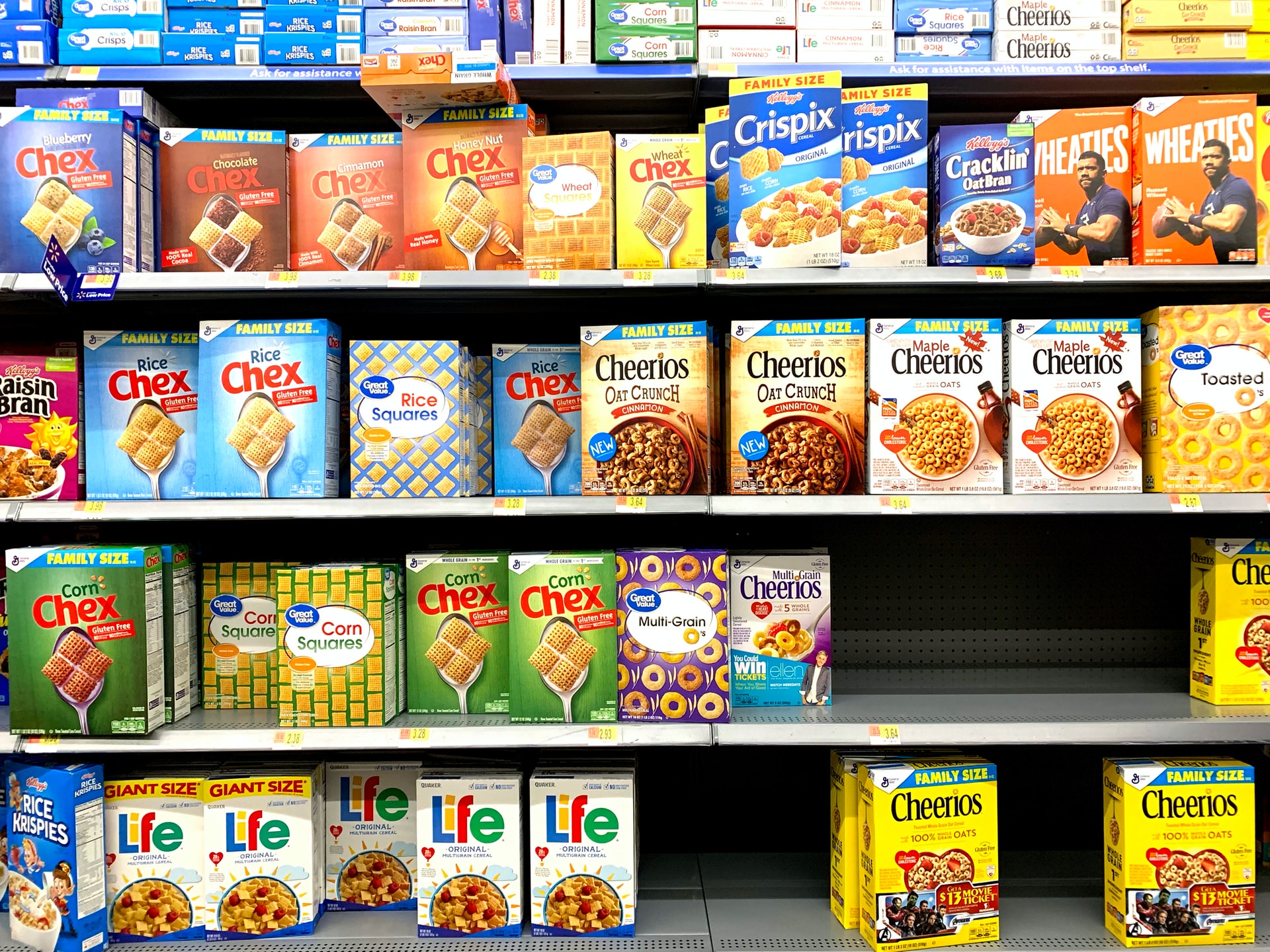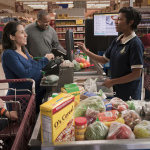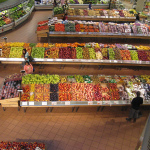
A couponer would never dream of paying full price for a box of cereal. The cereal aisle is one of the most promotional places in the grocery store, where regular sales and plentiful coupons mean you can always get a deal. To a deal-seeker’s horror, however, the average shopper apparently doesn’t bat an eye at paying up to 4 bucks for a box of Cheerios.
That’s according to a new study that compares shoppers’ concerns about higher prices at the grocery store, with their behavior when it comes to paying those higher prices without complaint.
The consumer insights company Veylinx sought to gauge the impact of price increases on grocery purchases, by examining their effect on demand for two of the country’s most popular cereal brands, General Mills’ Cheerios and Kellogg’s Frosted Flakes. What they found, was that 84% of consumers claim to be concerned about the impact of inflation on their daily lives — but they’re still willing to pay slightly higher prices to stay well-supplied with their favorite cereal.
“Small price increases for trusted cereal brands have little effect on demand,” the study concluded.
Starting from a baseline price of $3.29 for a standard 8.9 ounce box of Cheerios or an 13.5 ounce box of Frosted Flakes, a 20-cent price hike to $3.49 had virtually no change on demand – participants in the study were just as likely to buy either brand of cereal anyway. A larger 50-cent price increase reduced demand for both brands by about 13%.
Beyond that, $3.99 “appears to be an important psychological threshold,” the report noted. Because once the price surpassed that level, demand fell sharply. And it fell even further when the price surpassed $4.99.
As you might expect, people who are more frequent cereal shoppers are more tolerant of price increases. A price tag of $3.99 dissuades 26% of infrequent cereal shoppers from buying, while only 15% of those who eat cereal more than twice a week will balk at that price. The study also found that men are nearly twice as willing to pay higher prices as women. And while older shoppers aged 55 and up are the most worried about inflation, they’re just as likely to absorb higher cereal prices as younger shoppers.
Some manufacturers have tried to justify their higher prices by pairing them with “innovation.” If the product is new and improved, you won’t feel like you’re paying more for the very same thing that you used to get for less. But Veylinx found that shoppers aren’t as interested in hypothetical cereal packaging innovations as they claim to be. They asked shoppers whether they’d be willing to pay more for sustainable packaging, single-serve pouches, multipacks or resealable cereal packages. That last feature – Ziploc-type bags that can be resealed after opening to maintain freshness – may be one of the most requested features for cereal packages. 76% of shoppers told Veylinx they would be interested in buying Frosted Flakes in a resealable bag. But when asked to actually pay a higher price for the feature, only 39% were willing to.
Veylinx based its report on its “transactional learnings” platform, in which consumers “bid with their own money on existing products or product concepts.” That allows them to differentiate between what people say in surveys, and what they actually do when their own money is on the line. “The results reveal consumers’ true willingness to pay instead of their hypothetical willingness to pay,” the company explained.
“Consumer goods companies are under tremendous pressure to offset rising costs by raising prices,” Veylinx CEO Anouar El Haji said in a statement. “This cereal study shows how important it is to use real behavioral insights to update prices and positioning while identifying which innovations to launch under these inflationary circumstances.”
Manufacturers may be heartened by the news that many shoppers will happily absorb price increases. But that doesn’t mean you have to. So keep an eye out for cereal coupons and buy-one-get-one-free deals, to ensure that those price increases will get absorbed – by someone else.
Image source: Franki Chamaki on Unsplash










